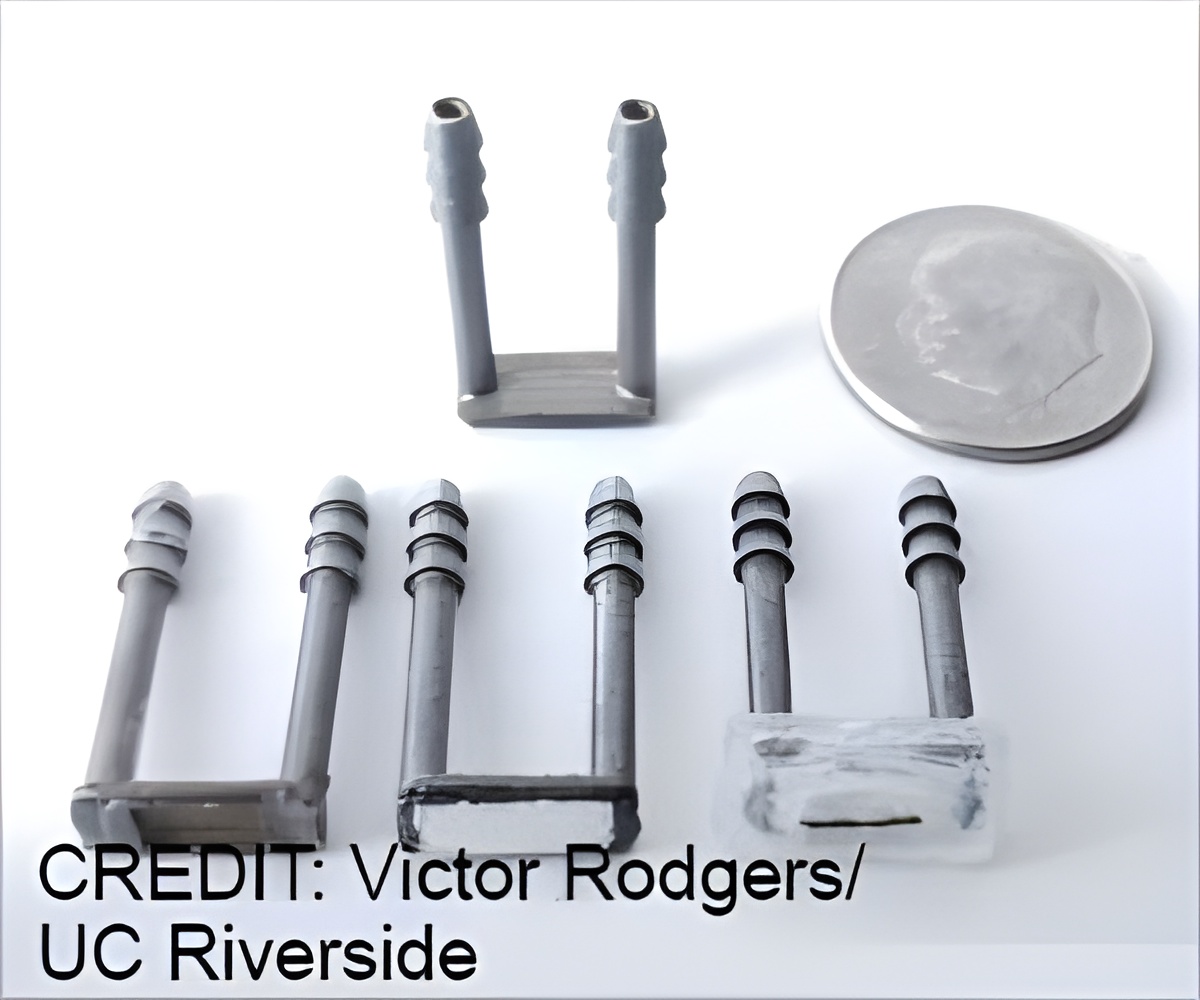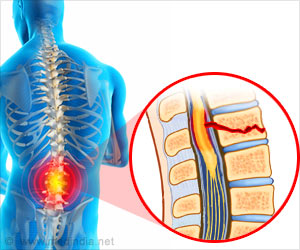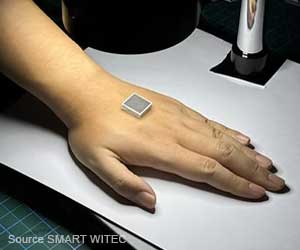Spinal cord swelling can be reduced by using an osmotic therapy device. It removes water molecules from the spinal cord after severe spinal cord injuries.

TOP INSIGHT
Osmotic therapy device removes fluid from the spinal cord to reduce swelling and secondary injuries after spinal injury.
Read More..
In an open-access paper published in Frontiers in Bioengineering and Biotechnology, a group led by Marlan and Rosemary Bourns College of Engineering Jacques S. Yeager, Sr. Professor of Bioengineering Victor G. J. Rodgers and UCR School of Medicine biomedical sciences professor Devin Binder describes an osmotic therapy device that gently removes fluid from the spinal cord to reduce swelling in injured rats with good results. The device can eventually be scaled up for testing in humans.
The device consists of a tangential flow module supporting a semipermeable membrane connected to a hydrogel that rests on the exposed spinal cord.
Artificial cerebrospinal fluid containing the protein albumin to initiate osmosis passes across the device side of the membrane, transporting water molecules from the spinal cord. Both fluids drain into a small chamber and cycle again through the device to remove more water. The amount of water removed is small compared to the amount of osmolyte, allowing for re-circulation.
The authors have found in previous studies that relatively small increases in the percent of water content can cause significant swelling in the brain.
They also found that removing the excess water quickly enough in brain swelling improved neurological outcomes. This is a key hope for the spinal cord device as well.
Together with biomedical sciences professor Byron Ford, Rodgers is developing a similar device that drains fluid directly from the brain and introduces neuregulin-1, a molecule produced naturally by the body to regulate communication between cells in the brain and heart and promote their growth, to improve treatment and reduce damage of severe strokes.
Source-Eurekalert
 MEDINDIA
MEDINDIA




 Email
Email






